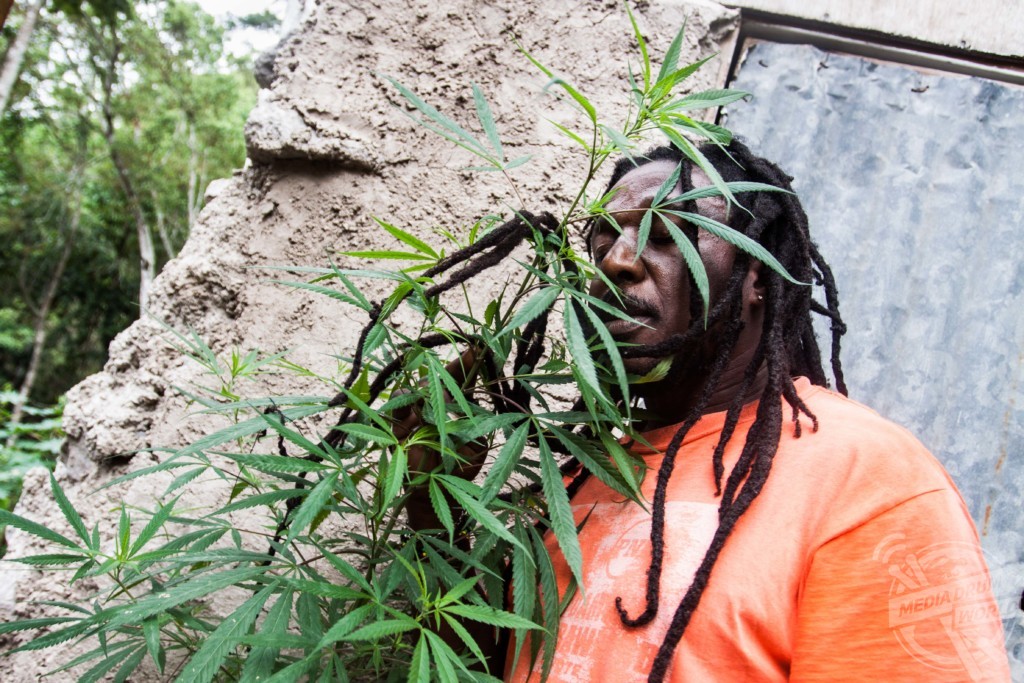
By Mark McConville
STRIKING images have revealed the real ‘Jah People’ after one photographer travelled to Jamaica to separate the ‘fake’ Rastafarians from the genuine articles who believe “we are all one dread”.
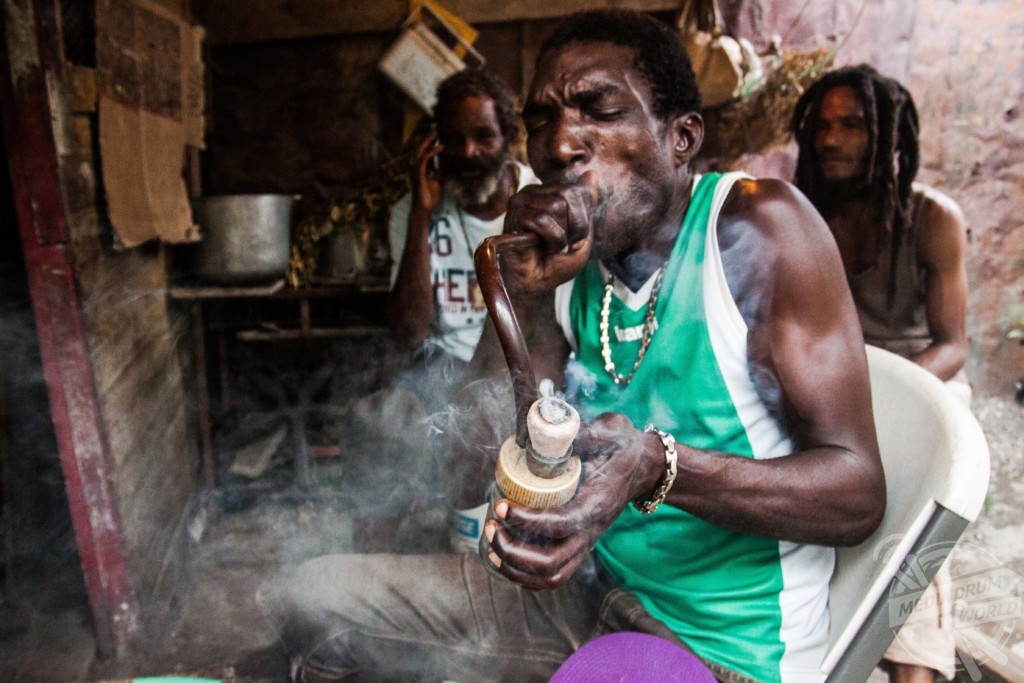
David Tesinsky / Universal Features / mediadrumworld.com
The stunning shots show the everyday life of some of the living legends of reggae and Rastafair culture including musician Eek-A-Mouse in a recording studio, well-known singer Junior Byles suffering from a mental illness and Addis Pablo who is the son of legendary Rasta reggae musician Augustus Pablo.
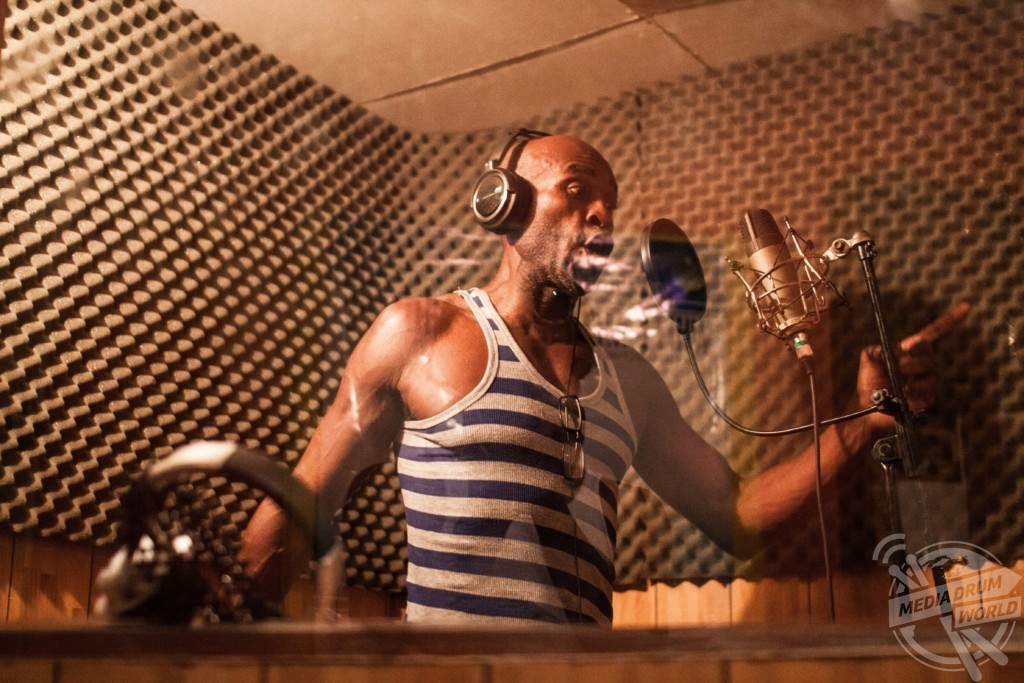
David Tesinsky / Universal Features / mediadrumworld.com
Other incredible pictures show a Rastaman taking good care of his herb, another showing how long his dreadlocks are, and a boy in a bona fide Rastafarian Orthodox church.
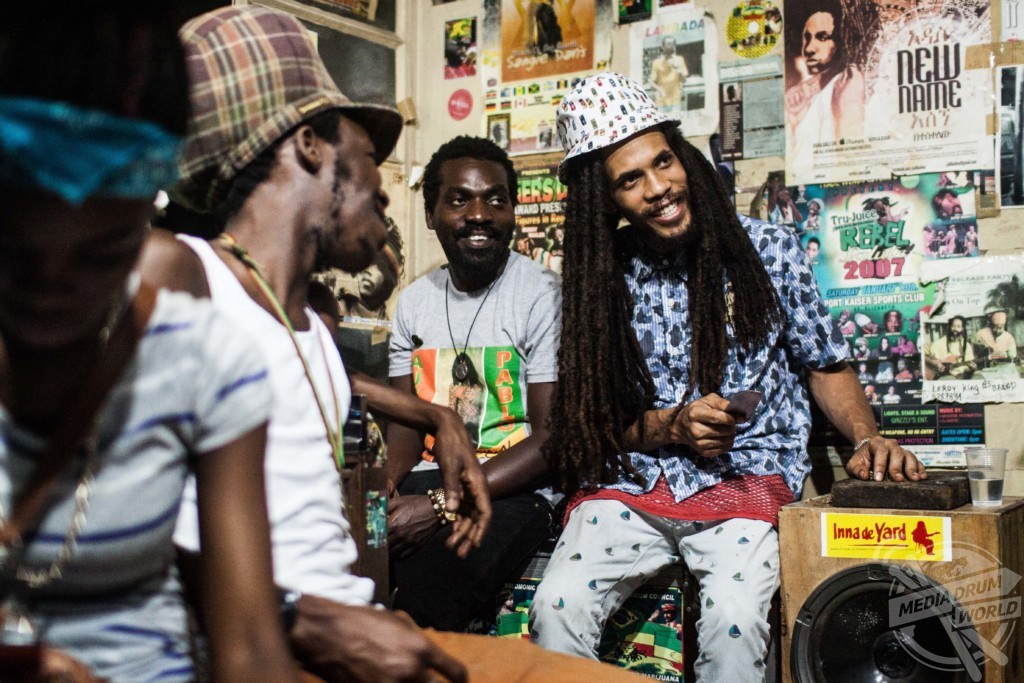
David Tesinsky / Universal Features / mediadrumworld.com
The amazing photographs were taken in Jamaica by independent photographer David Tesinsky (28) from Prague, Czech Republic.
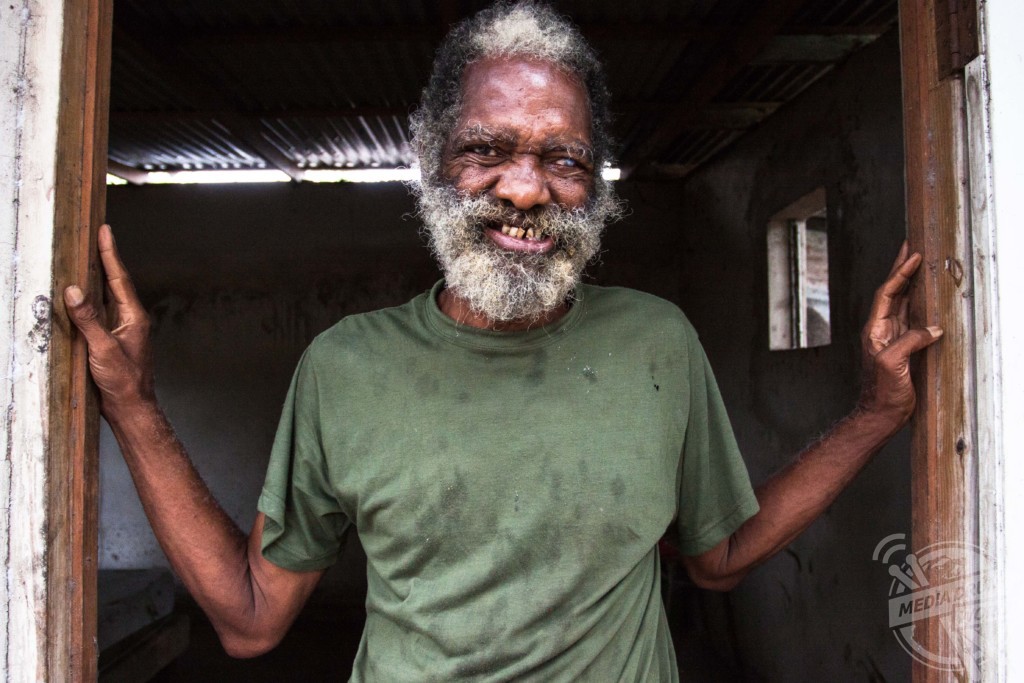
David Tesinsky / Universal Features / mediadrumworld.com
“I went to Jamaica to find out whether there are still some real Rastafarians and to search for the living legends of roots reggae and dub music,” he said.
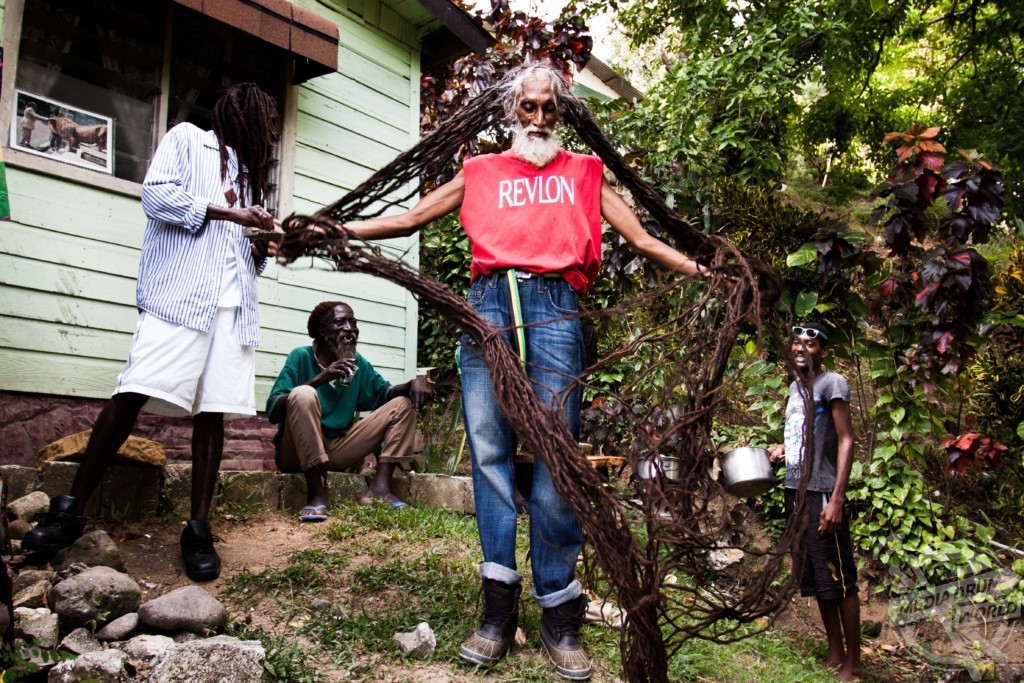
David Tesinsky / Universal Features / mediadrumworld.com
“It’s not easy to meet the real Rastas in the streets as every second dreadlock says, ‘I’m a Rasta!’

David Tesinsky / Universal Features / mediadrumworld.com
“The real ‘roots Rasta’ should not drink alcohol, smoke tobacco, eat meat, or hunt for the money. Rasta is not about dreadlocks – your dreadlocks could be long down to your ass but you could be just a poser who wants to sell me the red-yellow-green hat that Bob Marley used to wear.
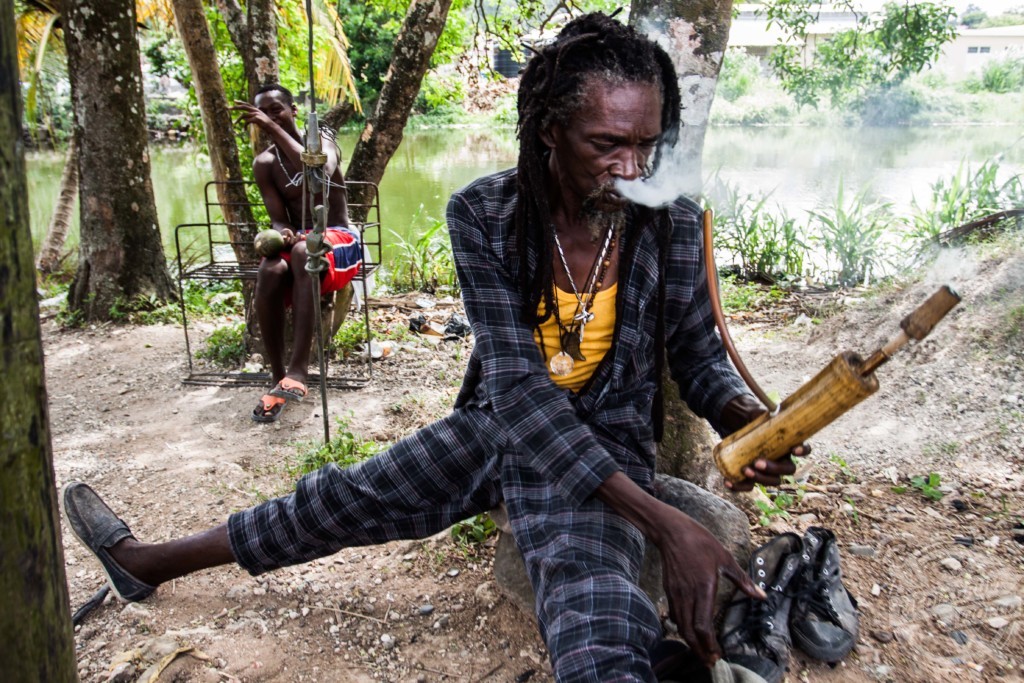
David Tesinsky / Universal Features / mediadrumworld.com
“The real Rasta could be hairless and truly follows the paths of Haile Selassie.”
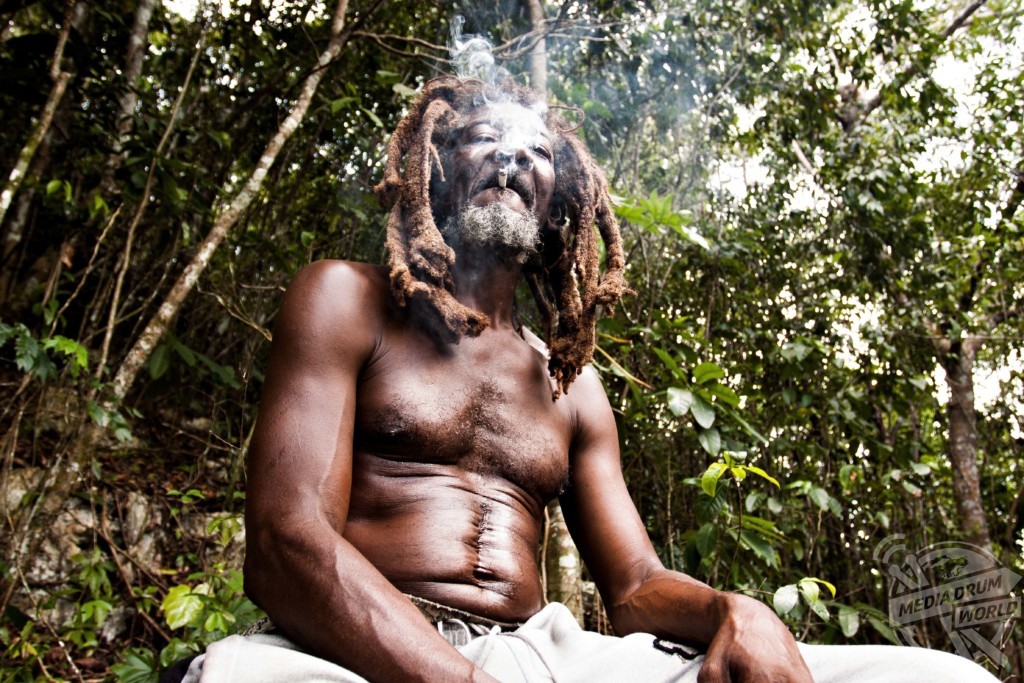
David Tesinsky / Universal Features / mediadrumworld.com
Haile Selassie was born Ras Tafari Makonnen and was Ethiopia’s regent from 1916 to 1930 and then emperor from 1930 to 1974.
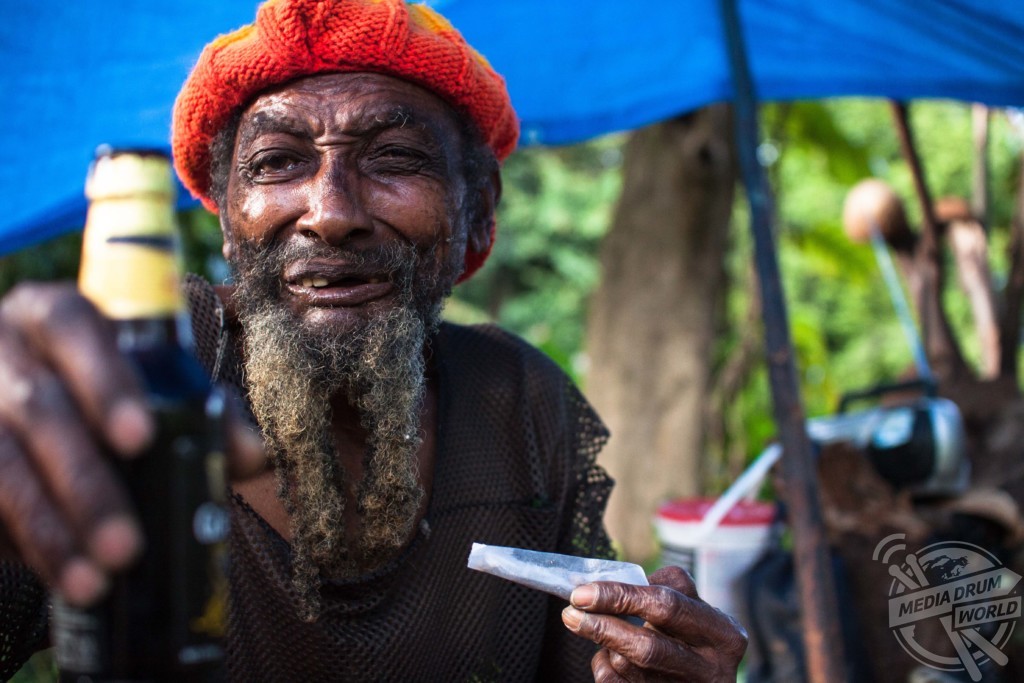
David Tesinsky / Universal Features / mediadrumworld.com
Among the Rastafari movement, whose followers are estimated to number between 700,000 and one million, Haile Selassie is revered as the returned messiah of the Bible, God incarnate.
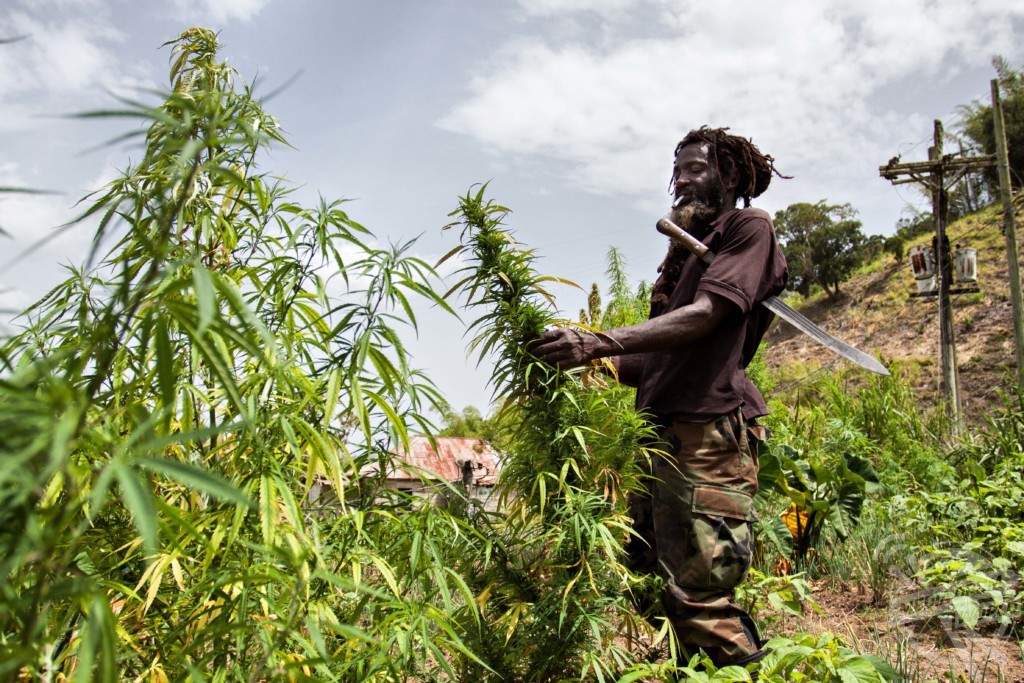
David Tesinsky / Universal Features / mediadrumworld.com
Beginning in Jamaica in the 1930s, the Rastafari movement perceives Haile Selassie as a messianic figure who will lead a future golden age of eternal peace, righteousness, and prosperity. Haile Selassie was an Ethiopian Orthodox Christian throughout his life. He is a defining figure in Ethiopian history.
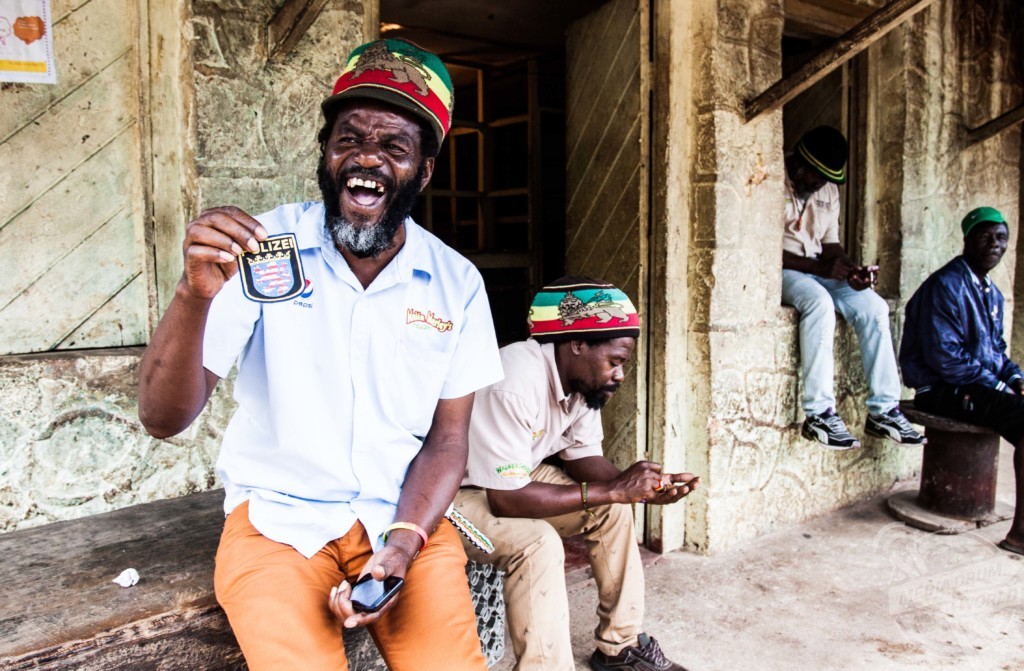
David Tesinsky / Universal Features / mediadrumworld.com
“I loved everything about creating this photo series,” added Tesinsky.
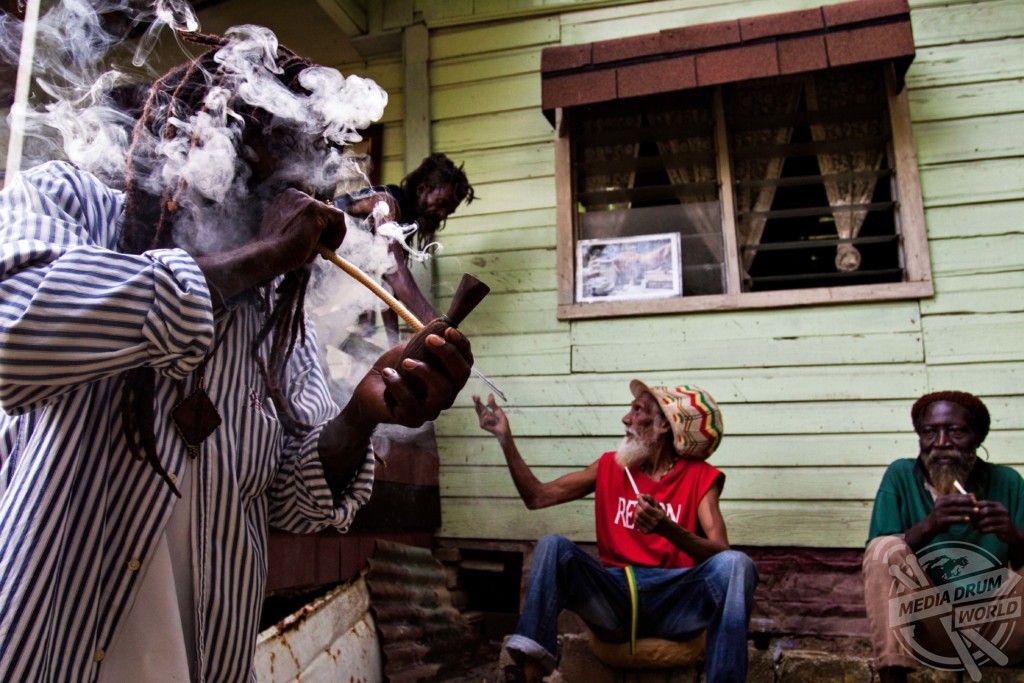
David Tesinsky / Universal Features / mediadrumworld.com
“The magic of the moment and being able to tell more than just that moment of other people’s lives. To me, it is not only journalism, it’s a complex art, psychology, cake and also a gun.
“As a independent fact I’ve found out that about 90 per cent of people in Jamaica smoke weed and I’ve met a man who he doesn’t smoke but he said he eats Ganja.
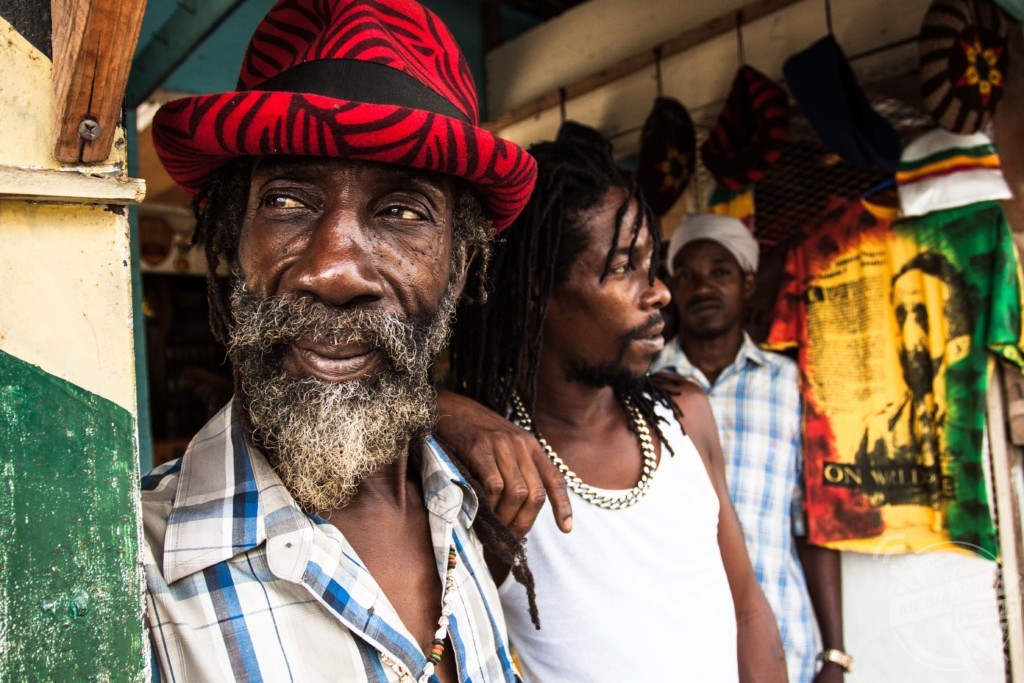
David Tesinsky / Universal Features / mediadrumworld.com
“Not all, but most of Rastas don’t feel like working or do much for the money, they sell things at the market though. For example fruits they have collected on the way.
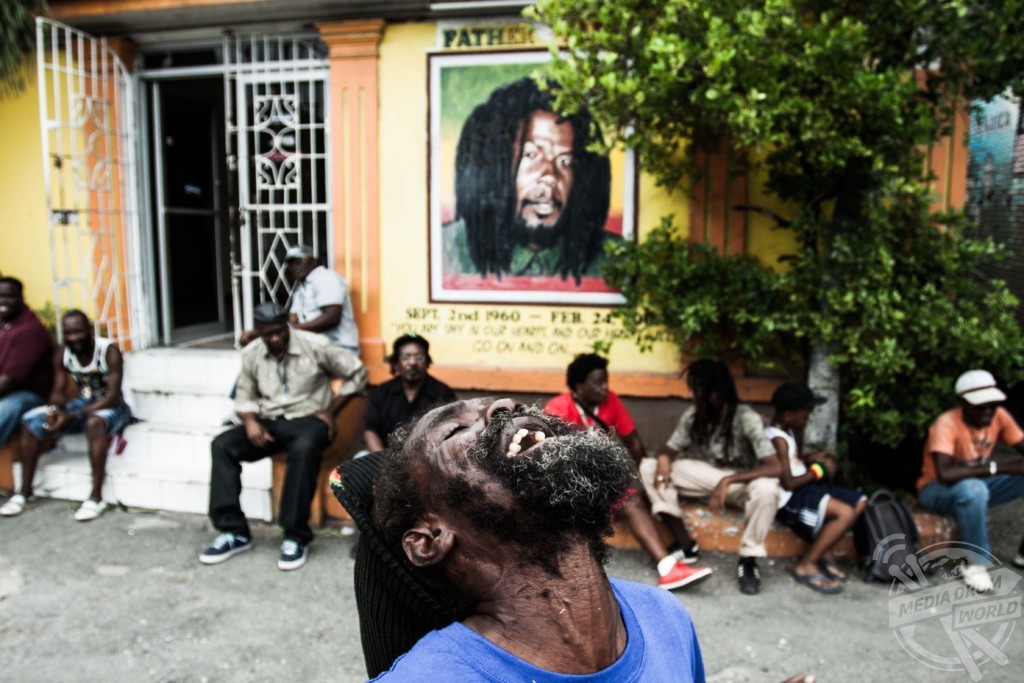
David Tesinsky / Universal Features / mediadrumworld.com
“Music is very important. There are sound systems in the streets, very often they cross each other and you find yourself listening to dancehall at the same time dub music and both are louder than you can stand sometimes. Jamaica is a factory for the music. Most of people play some instrument or sings dancehall or some type of reggae.
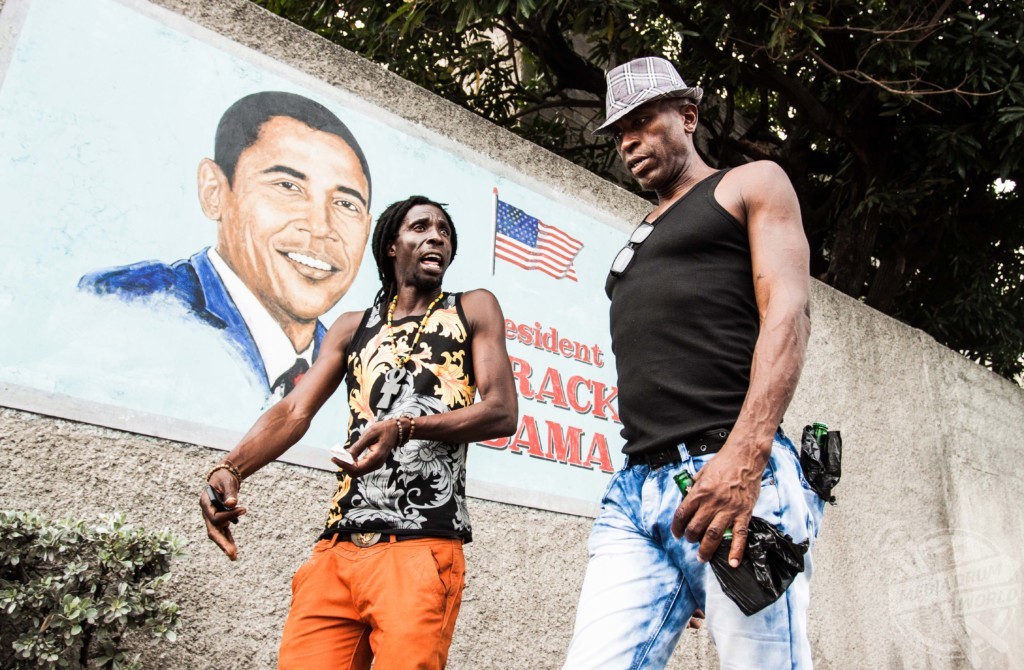
David Tesinsky / Universal Features / mediadrumworld.com
“True Rastas believes in connection with the universe with all of us. One Rastaman told me ‘We are all part of one dread.”
For more information see www.mediadrumworld.com




